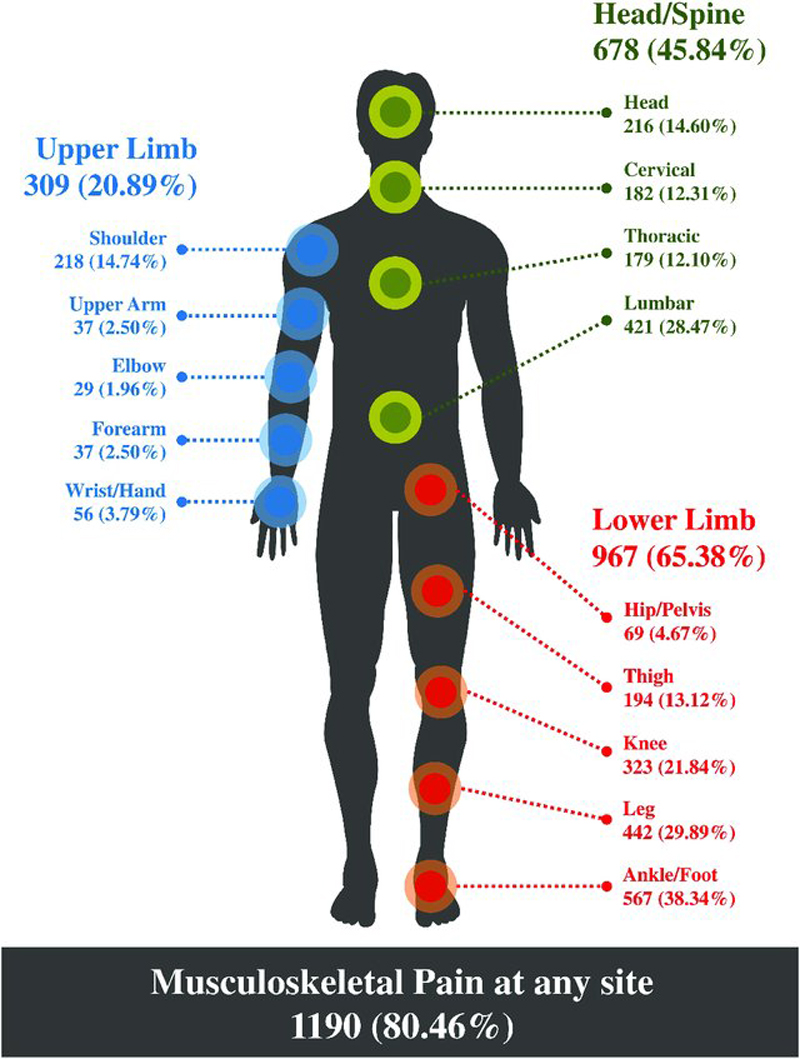Prevalence and Characteristics of Chronic Spinal Pain Patients with Different Hopes (Treatment Goals) for Ongoing Chiropractic Care
SOURCE: J Alternative and Complementary Medicine 2019 (Oct 1); 25 (10): 1015–1025
Patricia M. Herman, ND, PhD, Sarah E. Edgington, MA, Gery W. Ryan, PhD, and Ian D. Coulter, PhD
RAND Corporation,
Santa Monica, CA.

Objectives: The treatment goals of patients successfully using ongoing provider-based care for chronic spinal pain
Design: Multinomial logistical hierarchical linear models were used to examine the characteristics of patients with
Settings/Location: Observational data from a large national sample of patients from 125 chiropractic clinics clustered in 6 U.S. regions.
Subjects: Patients with nonwork-injury-related nonspecific chronic low-back pain (CLBP) and chronic neck pain (CNP).
Interventions: All were receiving ongoing chiropractic care.
Outcome measures: Primary outcomes were patient endorsement of one of four goals for their treatment. Explanatory variables included pain characteristics, pain beliefs, goals for mobility/flexibility, demographics, and other psychological variables.
Results: Across our sample of 1614 patients (885 with CLBP and 729 with CNP) just under one-third endorsed a treatment goal of having their pain go away permanently (cure). The rest had goals of preventing their pain from coming back (22% CLBP, 16% CNP); preventing their pain from getting worse (14% CLBP, 12% CNP); or temporarily relieving their pain (31% CLBP, 41% CNP). In univariate analysis across these goals, patients differed significantly on almost all variables. In the multinomial logistic models, a goal of cure was associated with shorter pain duration and more belief in a medical cure; a goal of preventing pain from coming back was associated with lower pain levels; and those with goals of preventing their pain from getting worse or temporarily relieving pain were similar, including in having their pain longer.
There is more like this @ our:
CHRONIC NECK PAIN Page and our
SPINAL PAIN MANAGEMENT Page and our
NON-PHARMACOLOGIC THERAPY Page
Conclusions: Although much of health policy follows a curative model, the majority of these CLBP and CNP patients have goals of pain management (using ongoing care) rather than “cure” (care with a specific end) for their chiropractic care. This information could be useful in crafting policy for patients facing provider-based nonpharmacologic care for chronic pain.
KEYWORDS: chiropractic care; chronic low-back pain; chronic neck pain; goals of treatment; ongoing care





Leave A Comment